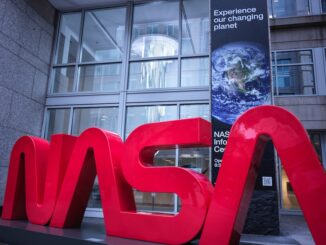
Artemis

News
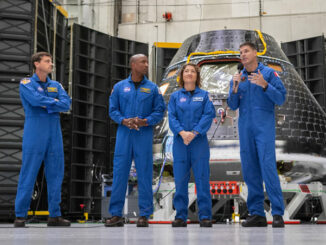
Mission Reports
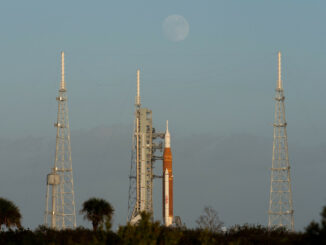
Mission Reports
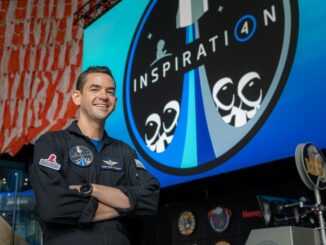
News
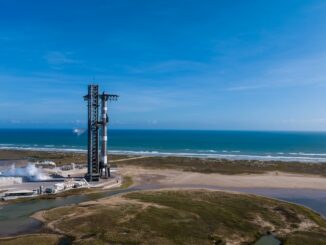
Mission Reports

News
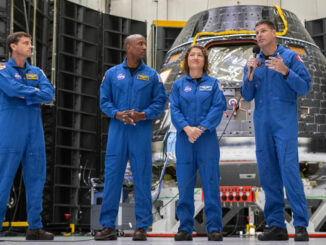
News
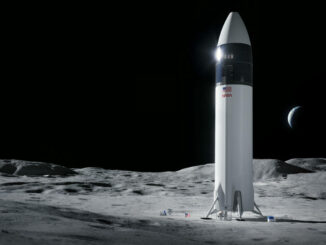
Mission Reports
NASA concerned SpaceX’s Starship schedule could delay moon landing
A senior NASA official raised concerns Wednesday that “difficulties” with SpaceX’s development of the huge new Starship rocket could delay the Artemis program’s first moon landing with astronauts from late 2025, a mission that will use a derivative of the Starship vehicle to ferry a two-person crew to and from the lunar surface.
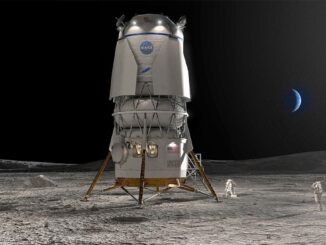
Artemis
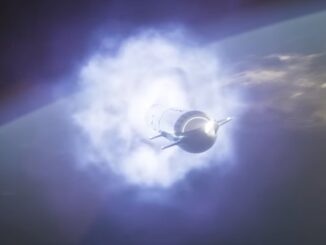
Mission Reports
How SpaceX’s Starship stacks up to other rockets
SpaceX Starship is set to propel itself into the record books today on its maiden flight, becoming the tallest, heaviest and most powerful rocket ever launched by humankind into space, topping a role call of famous and history-making heavy-lift launch vehicles including the mighty Saturn 5 that first took humans to the moon.
